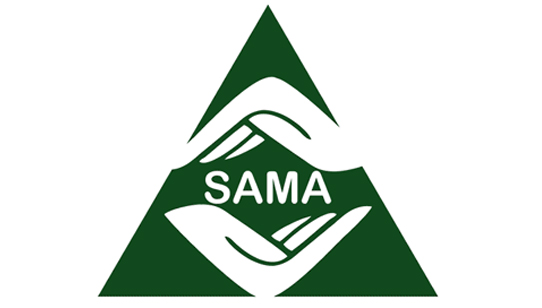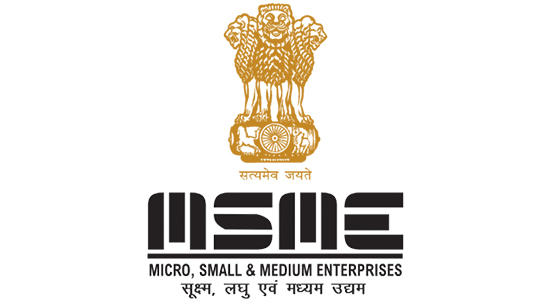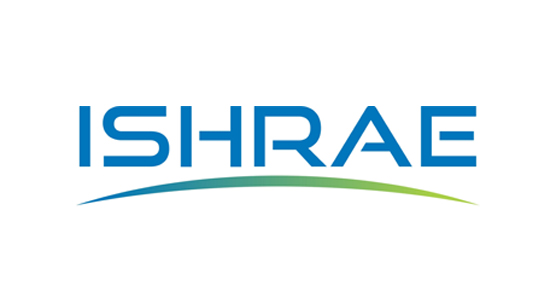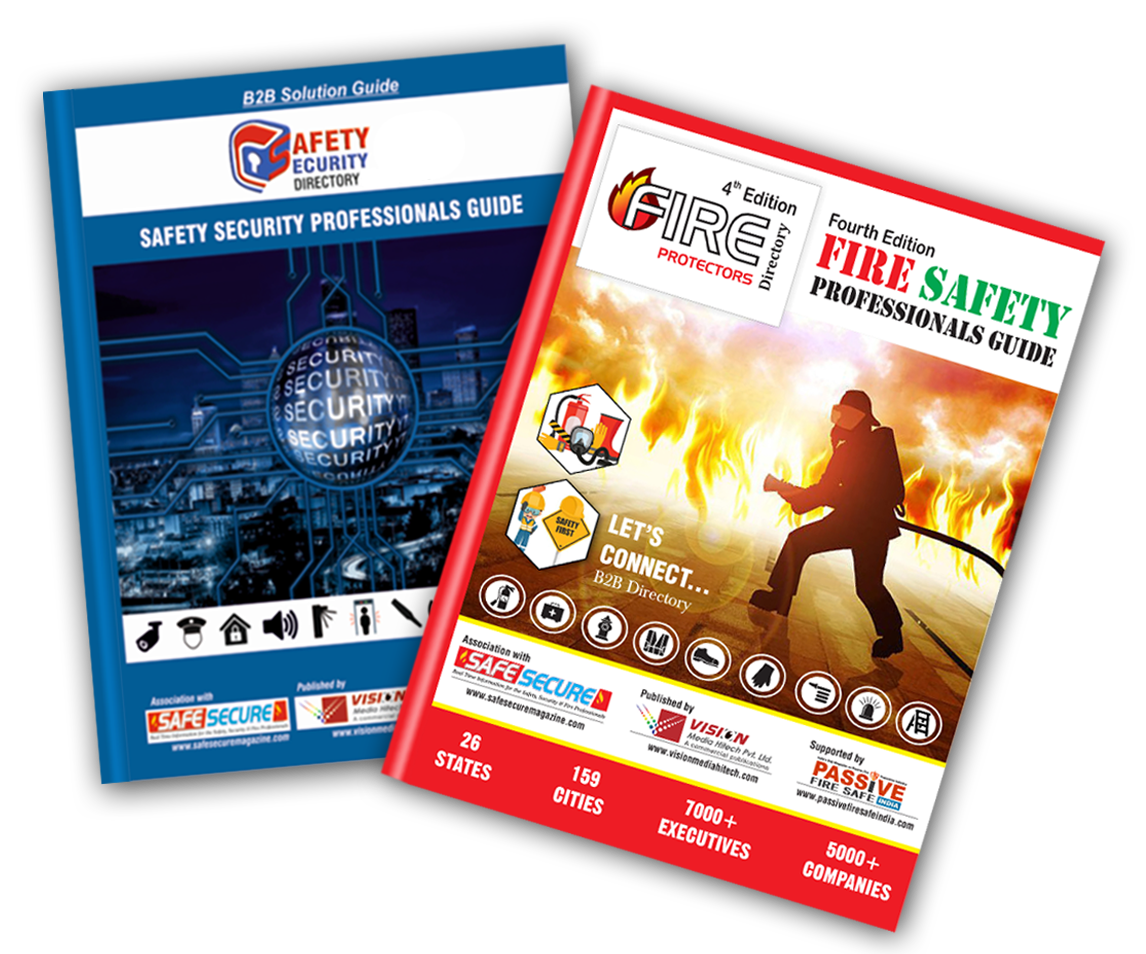Safer Construction Workplace in High Temperatures

With the growth of the global population, the construction industry has expanded. It is expected to reach about 14.4 trillion by 2030, with approximately 0.9 trillion an average growth yearly. In contrast, the work environment in the construction industry is the least healthy and safe compared to other industrial sectors. This issue becomes more serious in severe-weather countries, which witness's temperatures as high or even higher than 48 degrees Celsius in peak summer. Consequently, construction workers on-site have to deal with extreme temperatures during the day. Furthermore, warehouse workers also undergo the condition, as most warehouses are not air-conditioned.
Working in extremely hot conditions can put a worker's body at significant risk of heat-related illnesses and injuries, causing poor physical and mental well-being. For example, dizziness, muscle fatigue, fainting, sweaty and slippery hands, heat strokes, impaired thinking, muscle cramping, and dehydration are all ill effects associated with working outdoors in high temperatures. Besides the injuries from these symptoms, they influence the workers' productivity.
Cooler working hours
In the extremely hot weather, the work can be rescheduled for the cooler time of the day, for instance, at night. This practice is highly witnessed.
Take a Break
It is imperative for all workers to take periodic breaks while working, more so during the summer months. This will help regulate their body temperatures and allow them to step away from labor-heavy work.
Hydration and Wet towels
To avoid dehydration, precautions must be taken to keep oneself hydrated while working in extremely hot conditions. Water should be a priority for hydration rather than other beverages such as sodas. Additionally, wet towels can be regularly placed on the forehead, neck, and hands to cool down the body temperature.
Fiber-Enriched Foods
It is advisable to avoid heavy foods during work. Instead, it is recommended to eat a bigger breakfast with light lunch full of fruits with high fiber and water content, such as cucumbers, apples, watermelon, and other needed nutrition.
Selecting Protective Clothing
Materials that weigh less and are light-colored from cotton material help minimise the effects of high temperature. In addition, some clothes in outdoor-activities shops are engineered fabrics to provide a cooling feeling and absorb sweat.
Protecting Each Other
Workers need to be aware of the heat-illness symptoms and report if signs are witnessed on someone to take early steps for medical assistance and advice.
Since the well-being of the workers plays a significant influence on productivity and society's health and happiness, the construction industry has already started to pay serious attention to the well-being of its employees. In hot weather, providing employees with longer break hours, regular medical checkups, cooling stations/rooms on-site, free water, and refreshments on the work-site can all significantly help employees. However, it is still to say that future digitalisation of the construction industry will lead to safer working environments in hot weather conditions. For example, introducing new monitoring technologies to the site, such as drones, will ensure reporting the site status for an urgent emergency. Moreover, new construction techniques like 3D concrete printing and modular precast will push the industry toward more off-site construction and minimise the risk of harsh on-site conditions in hot weather.





.png)







